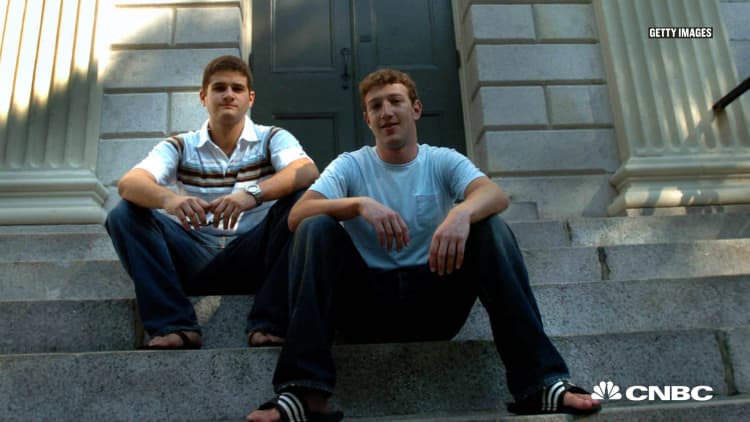Renowned fashion designer and business mogul Kate Spade — well-known for her colorful handbags, accessories and clothing — was found dead in New York in an apparent suicide, law enforcement officials said on Tuesday. She was 55 years old.
Spade founded her eponymous brand in the early '90s with her husband, Andy Spade, and they built it into a fashion empire. Then, in 2016, the entrepreneur founded a new accessories company called Frances Valentine and changed her name to Kate Valentine.
No doubt, much of the entrepreneur's legacy will be defined by her business, which started with hard work, sacrifice and hustle.
In 1985, Spade graduated with a journalism degree from Arizona State University and then backpacked around Europe. The next year, she moved to New York and landed a job in the accessories department at Mademoiselle magazine.
By 1992, Spade saw no future for herself at the publication and quit. She had decided over dinner with Andy to pursue a new direction: Making her own handbags. For the next few years, they relied mostly on Andy's income and mutual savings. At one point, they even liquidated their 401(k)s.
"When you don't have an income coming in," Spade told Guy Raz on the podcast How I Built This in 2017, "you're doing whatever you can to make it happen."
Spurred by a sense that the situation was pressing, Spade searched Yellow Pages and used her fashion magazine network to find supplies for her handbags. She had no experience in design, so she found a pattern maker who worked out of an apartment. There, Kate became a de facto apprentice — clipping big sheets of paper and fabric samples until the new skills became habit.
In 1993, the Spades spent more than $4,000 on materials and admission to a New York City trade show with her bags. It wasn't the success she'd hoped.
"We hadn't even sold enough to cover the cost of the booth," Spade said.
She thought about shutting down the business even though she'd just incorporated.
But Andy helped her see the potential: Barneys and Fred Segal department stores spotted her bags at the event and agreed to start selling them in select stores.
"Katie, you've got two of the best stores in America," he told her. "Let's not quit."
Early on, the Spades' Tribeca loft was crammed with boxes that she hauled up and down five floors and shipped at the post office. She and Andy woke in the middle of the night to the sound of a fax machine processing orders. They celebrated when fashion editors occasionally wore the bags around New York, though they had paid little to nothing for the privilege.
"We were still not making any money. Nobody was making a salary. Andy was funding everything," Spade says. "I just remember thinking, 'I think we need to shut it down.'"
It wasn't until 1996, three years after incorporation, that they made a profit. That same year, Spade was awarded by the Council of Fashion Designers of America, which typically recognizes brands like Ralph Lauren or DKNY. Then, Saks Fifth Avenue and Neiman Marcus called: They wanted Kate Spade bags in all of their stores. The expansion basically quadrupled their business.
"At first, you're on a tiny little table, and the next thing [you know], you have a store stop-and-shop," Spade says.
Her persistence paid off.
"It was a snowball effect," she says. "It got a little bigger and a little bigger and a little bigger."
Indeed. In 1999, Neiman Marcus acquired a 56 percent stake in the Spades' business for $33.6 million. Liz Claiborne later bought the company in 2006 for $124 million. In 2017, it ultimately sold to Coach (now Tapestry) in a $2.4 billion deal.
This is an updated version of a previously published article by Natalie Daher.
Like this story? Like CNBC Make It on Facebook!
Don't miss: This is the inspiring quote Jeff Bezos keeps on his fridge



